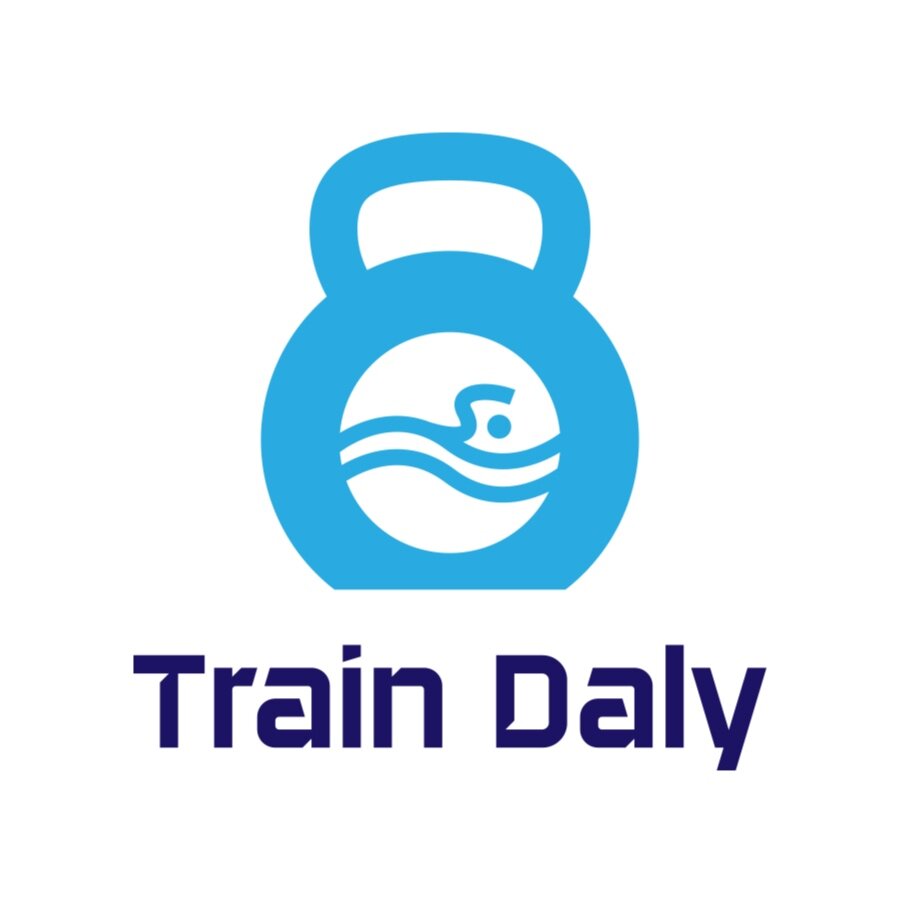Dynamic Warm Up Routines
/ What is the best way to warm up for your activity? A specific warm up would be best. Specific movements to prepare your body for the activity ahead. Traditionally, coaches, teams, and fitness enthusiasts use a general warm up, typically a light jog, followed by some static stretching. This defeats the purpose of a warm up, however. Running may not be specific to the activity you plan to do, its also a limited range of motion on the joints, and does little for the upper extremities. Furthermore, static stretching has been shown to fatigue muscle and decrease strength output for up to two hours. Static stretching also drops core body temperature, negating the purpose of a warm up. This type of warm up has perpetuated because it is so ingrained in coaches and exercisers, and has gone unquestioned until recently. The growing field of professional strength and conditioning specialists continue to seek ways to enhance performance and prevent injuries in athletes and amateur fitness clients. Most professional and collegiate teams use dynamic warm up routines for peak performance. It works for them and the average exerciser could benefit from it too.
What is the best way to warm up for your activity? A specific warm up would be best. Specific movements to prepare your body for the activity ahead. Traditionally, coaches, teams, and fitness enthusiasts use a general warm up, typically a light jog, followed by some static stretching. This defeats the purpose of a warm up, however. Running may not be specific to the activity you plan to do, its also a limited range of motion on the joints, and does little for the upper extremities. Furthermore, static stretching has been shown to fatigue muscle and decrease strength output for up to two hours. Static stretching also drops core body temperature, negating the purpose of a warm up. This type of warm up has perpetuated because it is so ingrained in coaches and exercisers, and has gone unquestioned until recently. The growing field of professional strength and conditioning specialists continue to seek ways to enhance performance and prevent injuries in athletes and amateur fitness clients. Most professional and collegiate teams use dynamic warm up routines for peak performance. It works for them and the average exerciser could benefit from it too.
The key points and advantages of a dynamic warm up include:
1. Warming the body's core temperature to increase elasticity in joint and muscle tissues
2. Increased heart rate, circulation, and breathing
3. Working the muscles and joints through activity specific ranges of motions
4. Enhanced coordination and motor ability through CNS stimulation
5. Mentally active preparation through dynamic movements - save the static movements for post activity.
Check out my demos page for specific examples and explanations on dynamic warm up routines. The New York Times wrote a nice article on warm up routines recently. Here.

